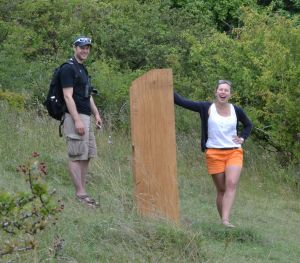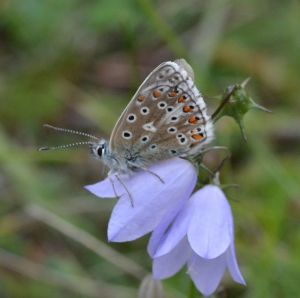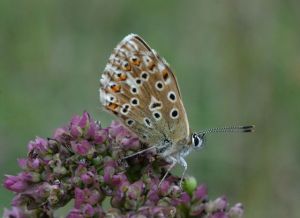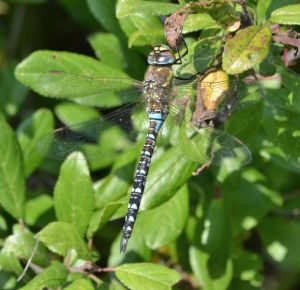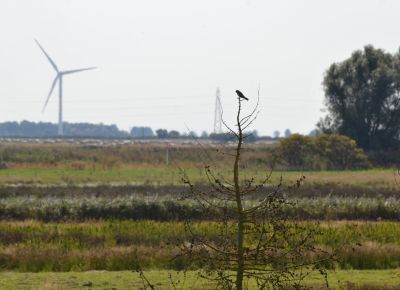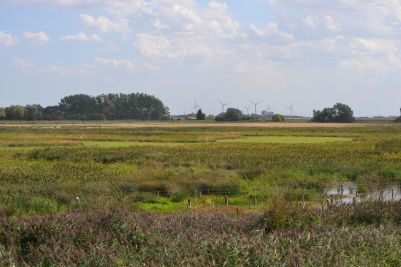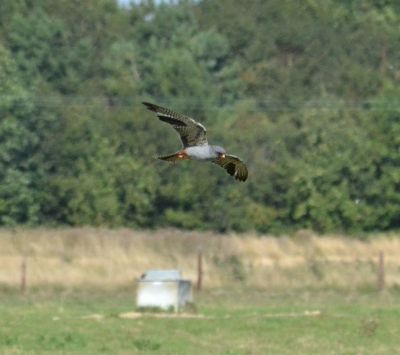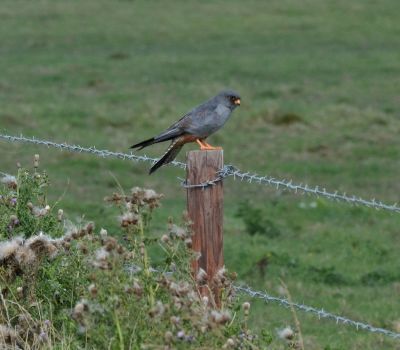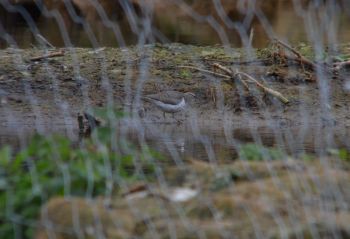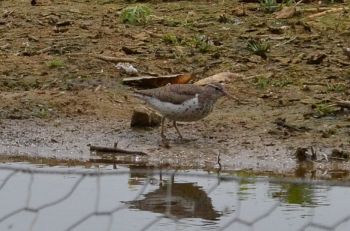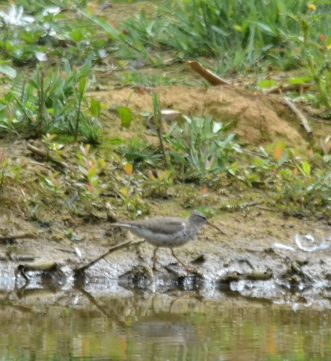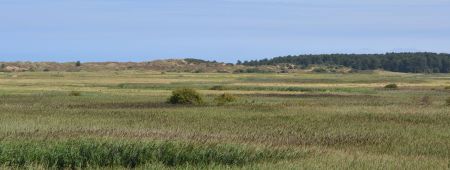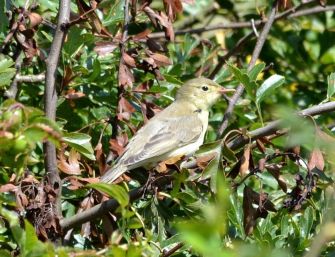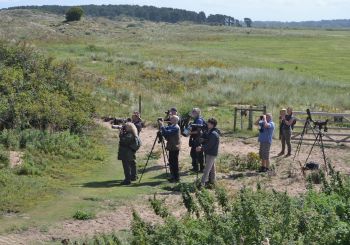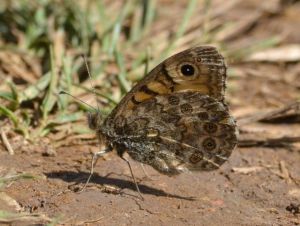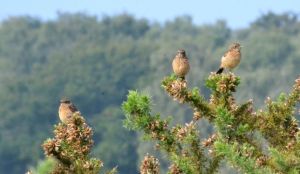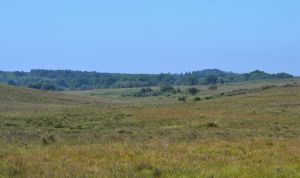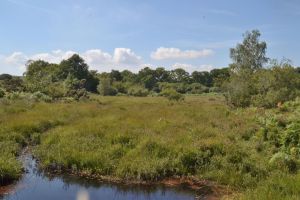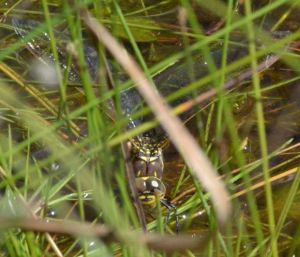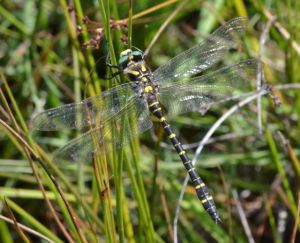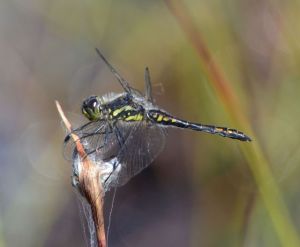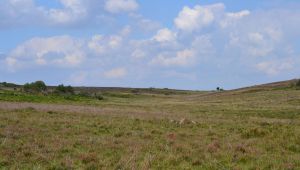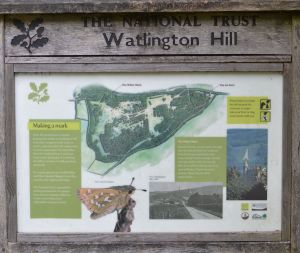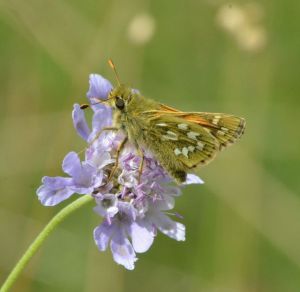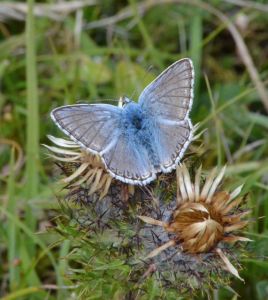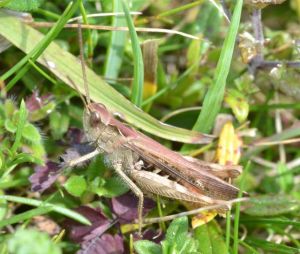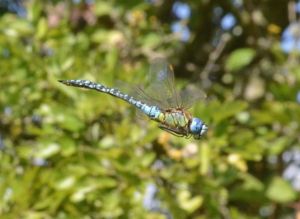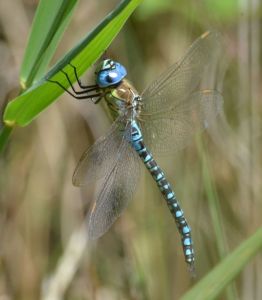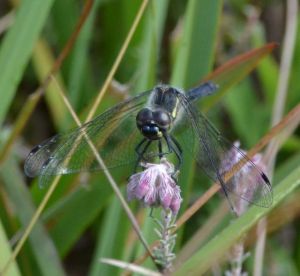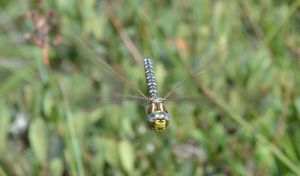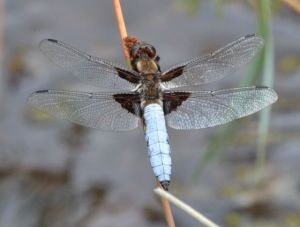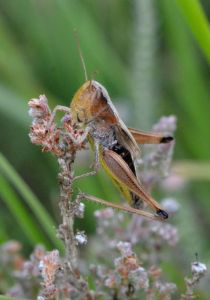In this greyest of English summers there are still some butterflies and dragonflies that have yet to be featured in this journal. Locally the only butterfly business still to do was checking out second brood Adonis Blue at my “home ground” Aston Rowant NNR (N), Oxon. I had resolved today to get on with some much needed gardening at home, but when yet more gloomy cloud settled upon Garsington in the early afternoon my noble intentions were defeated. It looked more cheerful over towards the Chilterns escarpment but the grey stuff seemed to follow me along the M40, to settle upon the reserve when I reached it.
On arrival I met fellow Oxon naturalist Chris Bottrell and a couple from Newark, Notts and they had not seen any Adonis. So a collective decision was taken to relocate to Yoesden Bank across the county boundary in Bucks. It still looked sunnier in that direction but guess what: the grey stuff followed us to that new location too. Chris decided to head home, leaving me to search this BBOWT reserve with Nick and Amy, the visitors. They had already seen their first Brown Hairstreak and Silver-spotted Skipper in God’s own county (Oxon) today and now hoped for the third lifer Adonis Blue, since none of these species occur in the East Midlands. Not only that but they had referred to this blog to help research their day out – nice people!
So a chance encounter with other enthusiasts reminded me again how fortunate we are in Oxford to be within easy range of so many butterfly species. Yoesden Bank (SU789980), a steep sided stretch of flower rich chalk grassland to the east of a village Radnage, is England’s northernmost location for Adonis Blue and notable in also supporting Small and Chalkhill Blue in one place. The pursuing cloud decided to go no further east once we were on site here, but in a brief sunny interlude three male Adonis Blue (pictured above) showed themselves.
After leaving Yoesden Bank I returned to Aston Rowant hoping things might have brightened. In the event conditions were still overcast but it was too early to go home. So I followed the top footpath from the car park then trod directly down that part of the hillside above the M40 where I expect to find Adonis Blue. After disturbing two possible females I found a third perched on Marjoram, motionless in the cool early evening temperature. Then further down the hillside I came across two males, the first of which posed in a similar way to the female while the second buried itself deep in the sward. So maybe this cloudy afternoon had a silver lining, since I would not have captured these images (below) had it been sunny.
During the previous two afternoons I visited the RSPB’s Otmoor reserve just north of Oxford to catch up with two hitherto late summer absentees from 2015’s Rn’S dragonfly records. Both Southern Hawker and Migrant Hawker were seen at this reliable location for each species, along with some ever unco-operative Brown Hawker and many Common and Ruddy Darter.
- Southern Hawker (immature male)
- Southern Hawker (male)
- Migrant Hawker (female)
Addendum
7th Sep: After just over a week mostly of more oppressive murk the last two mornings have dawned cold and sunny. Cue “England set for Indian summer” headlines in the national press. Well, kids have just gone back to school. Following a report on RBA of a Red-backed Shrike on Otmoor I went out for a mooch around from 8am today, but no-one else was looking. But here was an opportunity finally to capture male Migrant Hawker for the autumn. This one (above) was warming up for the day along one of the Blackthorn hedges.


